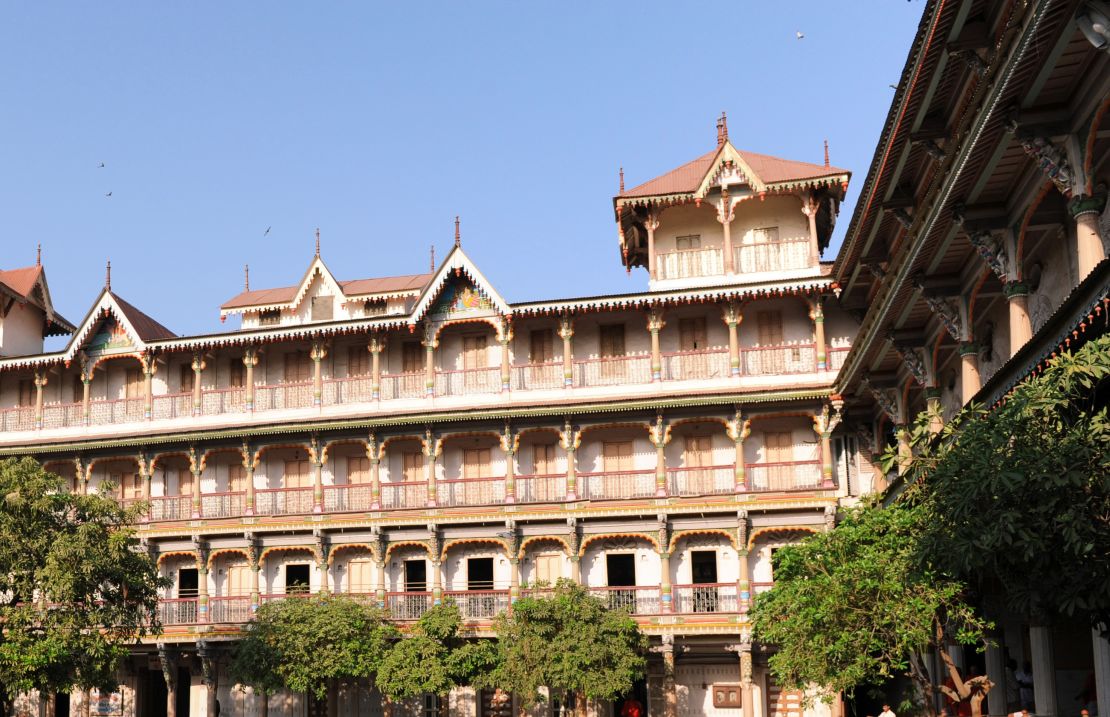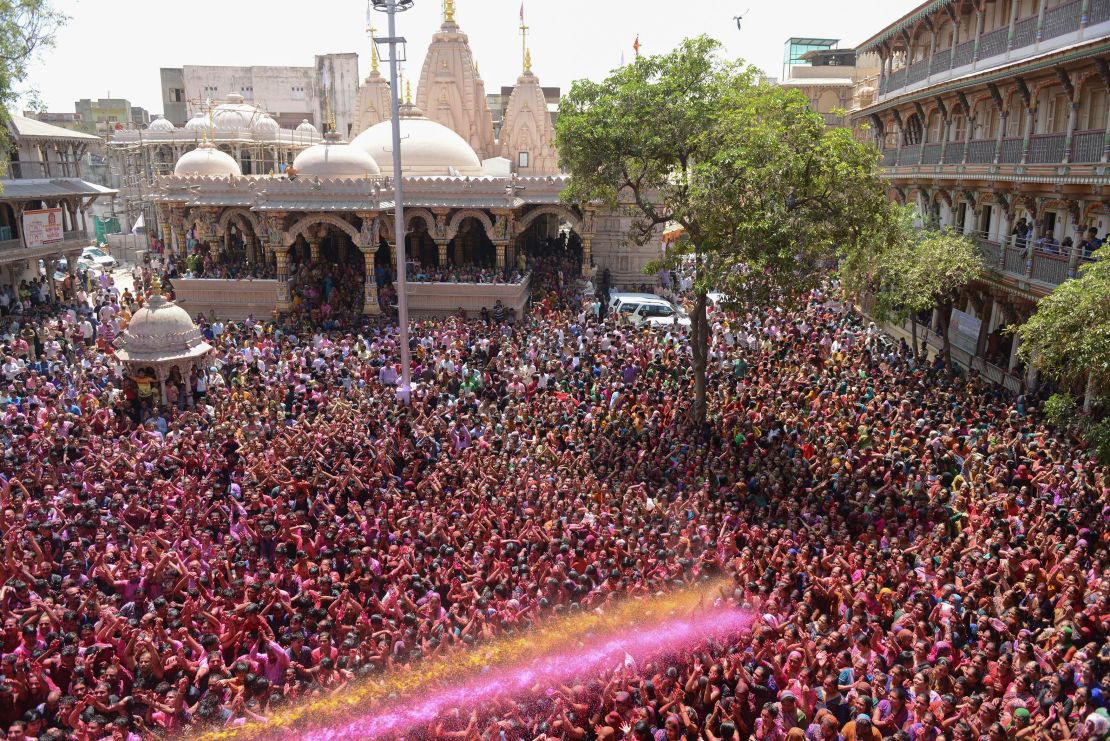Story highlights
The walled city is known for its fusion of Indo-Islamic art and architecture
It has been a center of "unbroken history" since the 1400s
The 600-year-old walled city of Ahmedabad has been recognized as a “UNESCO World Heritage Site,” making it the first Indian city to be added to the coveted list.
In Poland this weekend, the 41st session of the official UNESCO committee met and voted in over 20 new inscriptions, bringing the grand total of World Heritage Sites to 1073.
The rich culture of Ahmedabad’s walled city, which was named in the early 1400s after Sultan Ahmed Shah, draws from its diverse history of Muslim, Hindu, and Jain influences.

UNESCO lauded the historic city’s sultanate architecture, especially “the Bhadra citadel, the walls and gates of the Fort city and numerous mosques and tombs as well as important Hindu and Jain temples of later periods.”
Its traditional houses and streets, finished with intricate bird feeders and community wells, celebrate the fusion of Indo-Islamic architecture and art.
Mahatma Gandhi established his first Ashram in the city when he returned from South Africa to India in 1915. For years, it served as the hub for Gandhi’s fight for Indian independence.

Modern day Ahmedabad has long since outgrown its walled enclosure. Today, the old walled quarter is located within the greater city of Ahmedabad, an industrial metropolis of over five million. In early 2016, Ahmedabad was named a “Smart City” by Prime Minister Modi due to its “sustainable and inclusive development.”
Ahmedabad is currently the largest city in the western province of Gujarat, where Modi served for nearly 14 years as chief minister.
Modi began the process of Ahmedbad’s nomination to the World Heritage committee in 2010 during his tenure in Gujarat, according to the acceptance speech by India’s UNESCO representative, Ruchira Kamboj.
In a Twitter post Sunday, Modi said the accolade was “a matter of immense joy for India.”
With this new addition, India will boast a total of 36 World Heritage Sites, which include the iconic Taj Mahal in Agra and the Red Fort in Delhi.
Ahmedabad will also accompany Bhuktar, Nepal, and Galle, Sri Lanka, as the only three of nearly 300 World Heritage cities to be located on the Indian subcontinent.
















